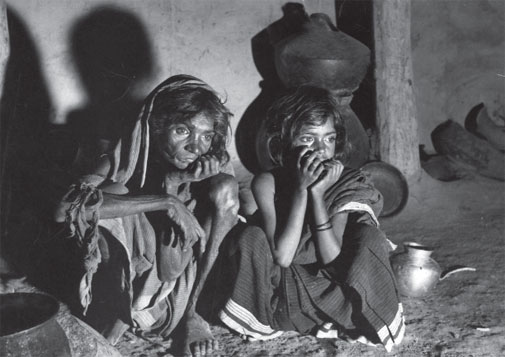Every coin has two sides but let’s first flip the one which is justifiably being feted across the globe: In mere 10 years, India has halved its poverty from 55 to 28 percent, i.e 369 out 640 million people are out of its vicious grip. The World Bank estimates that if India doesn’t lift its foot from the pedal, extreme poverty would belong to past in 2030.
Extreme poverty isn’t about the money you have in your pockets which incidentally is less than US$1.90 per day in monetary terms. The global standards follow Multidimensional Poverty Index (MPI) which focuses on health, education and living standards and measures them through the 10 indicators of nutrition, child mortality, schooling years, school attendance, sanitation, cooking fuel, drinking water, electricity, housing and assets. Those who lack in one-third of these parameters are extremely poor.
It’s no-brainer to most Indians to identify the areas in which India has managed giant leaps: 93% of India now has access to electricity; almost 100 percent houses now have household toilets; 94% have access to cooking gas and housing-for-all could be a reality by 2022. However nutrition (India’s in 100th out of 118 in Global Hunger Index); child mortality (at 1.2 million a year the highest in the world); education (one in six Indians is out of its bounds) and drinking water (100 million Indians have almost zero-access) are gaping holes and forces us to look at the other side of the coin.
Urban and rural divide for instance. An urban worker earns eight times an average of agriculture worker even though two-third of India’s 1.3 billion people live in its villages. This disparity partially explains why 34 farmers commit suicide per day in India. Indian farmers are smallest landholding class on the planet and can’t bargain in open market for their little produce. It tells us about the inequality in consumption and physical and social infrastructure. If forewarns us about the violence which is heaving below the urban-rural divide.
India’s political elites do paper it over with doles such as Mahatma Gandhi National Rural Employment Guarantee (MGNREG) programme which assures 100 days of guaranteed wages for unskilled manual labour. But what about the other 265 days? Why waste India’a incomparable human resources – every second Indian is less than 25 years—on digging wells and laying roads when they could be trained to use technology? Is there even a comparison between manual and skilled labour? What stops Indian farmers to adopt technology?
Gender and caste are two other areas which continue to hold India back. Jobs for women indeed have fallen off from a high of 36 percent in 2005 to 26 percent in 2018. Nearly 200 million women either don’t get paid or are in the unorganized sector. Poverty and restrictive social or family mores still keep them out of the basic education loop, forget about the digitized education which has overtaken the world.
Muslims and Scheduled Tribes/Scheduled Castes continue to be India’s poorest living groups. Sure there is a huge reduction in their rates of poverty between 2006 and 2016, still every second person among Scheduled Tribe and every third among Muslims is poor. Admittedly, there is a reason for it since Muslims still prefer Madarasa (seminary) where religious initiation is the preferred mode to grounding in science and mathematics. Tribals face the issue of assimilation in mainstream India.
At a macro-level, 364 million Indians are still extremely poor, which is more than the population of United States. At a micro-scale, just four states—Bihar, Jharkhand, Uttar Pradesh and Madhya Pradesh—account for 196 million of these extremely poor. Some are as poor as Sierra Leone in Sub-Saharan Africa, like Alirajpur district in Madhya Pradesh, the poorest in India, where 77 per cent of people aren’t sure if they would live to see another day.
It’s not to deny India’s eye-catching gains in war against poverty. The average life-expectancy of an Indian has increased by 11 years since 1990. Still it remains one of the 10 poorest countries in the globe alongside Bangladesh, Peru, Vietnam, Pakistan, Democratic Republic of Congo, Combodia, Ethiopia, Nigeria and Haiti. It’s a war which is not over till it’s over.


